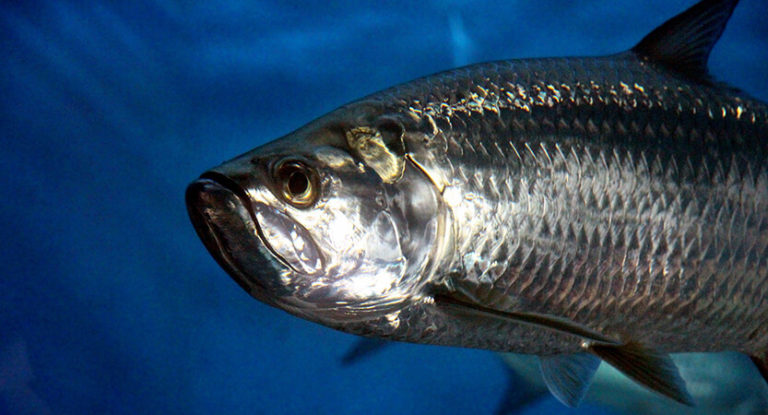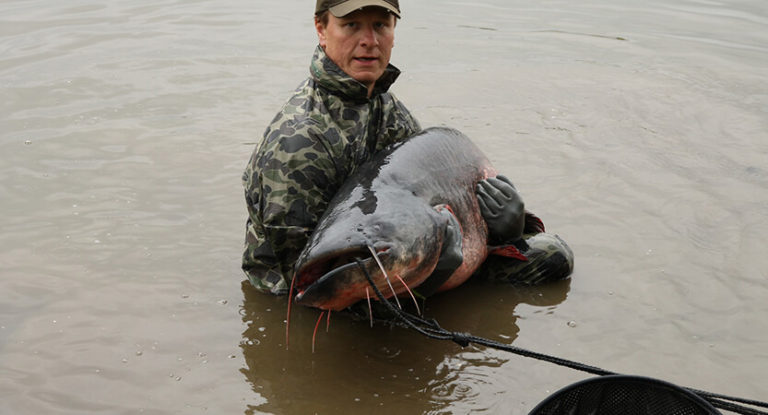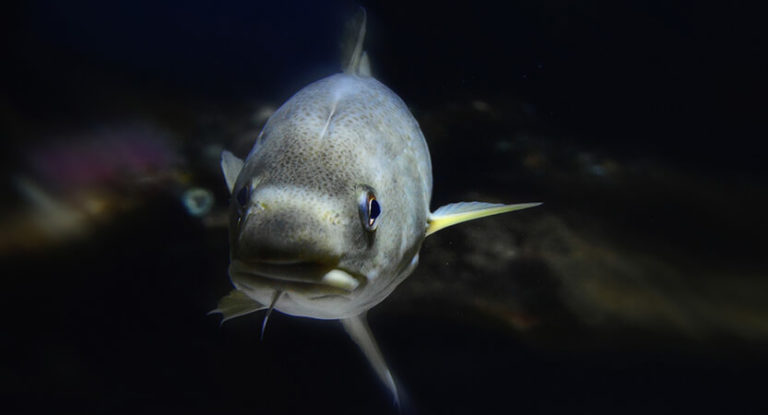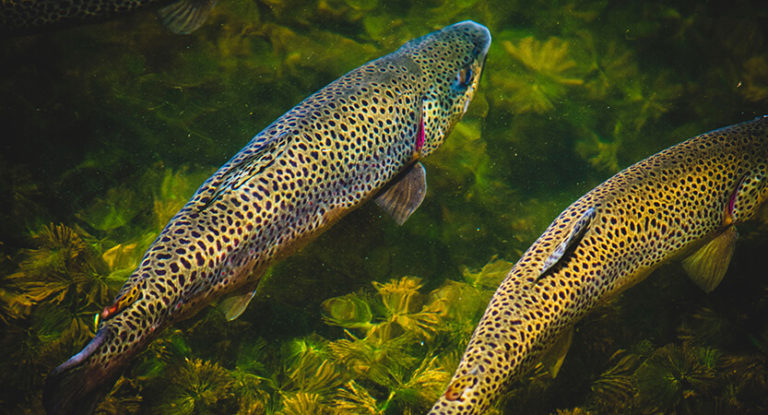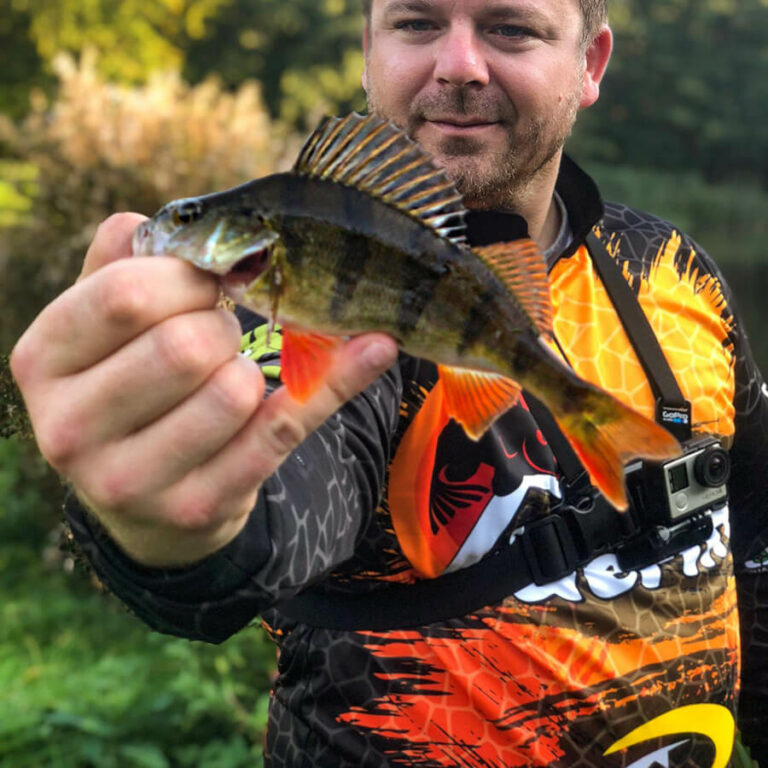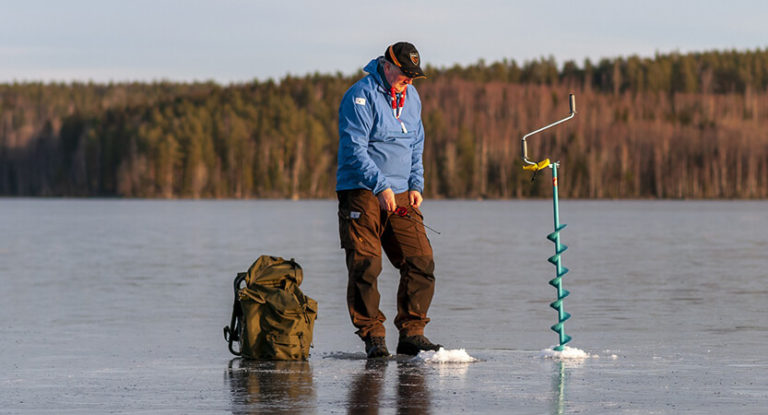Large carp is one of the most enviable trophies for both the amateur angler and the sportsman. There is a large community of carpfishers who specialize in fishing for this fish exclusively. But even a beginner who is just learning the basics of fishing can accidentally catch a quite solid specimen. In terms of size, one can make an erroneous conclusion that this individual drove fishermen by the nose for more than a dozen years. However, the lifespan of a carp is not in direct proportion to its weight.
In this article, we will analyze the main stages in the life of this representative of the peaceful freshwater ichthyofauna, get a little familiar with its habits and diet. We will teach you a fairly simple and accurate way to determine the age of this fish at home. This is important: after all, even purely theoretical knowledge can bring practical benefits, especially when it comes to fishing. We hope that this publication will be useful not only for novice carp anglers.
Here is an overview of the content of this tutorial, feel free to jump to any section you care about:
For more fishing instructions, take a look at these popular Trizily links: Best Baitcasting Reels, Best Spinning Reels.
Life cycle of carp
Long-livers are not only among people: among the representatives of freshwater ichthyofauna, there are also champions in this category. These include sturgeon, catfish, pike, and among peaceful fish, one of the leading positions is occupied by carp, familiar even to people far from fishing. It is a more adapted to artificial breeding variety of carp and is significantly ahead of it in terms of population at the moment.
Carp, like its wild relative, the common carp, belongs to a very tenacious species: it is picky about food, easily adapts to any habitat and can go without water for a long time (in a humid environment – up to a week). Cases are described when this fish endured a stay in the refrigerator for many days in a hermetically sealed plastic bag.
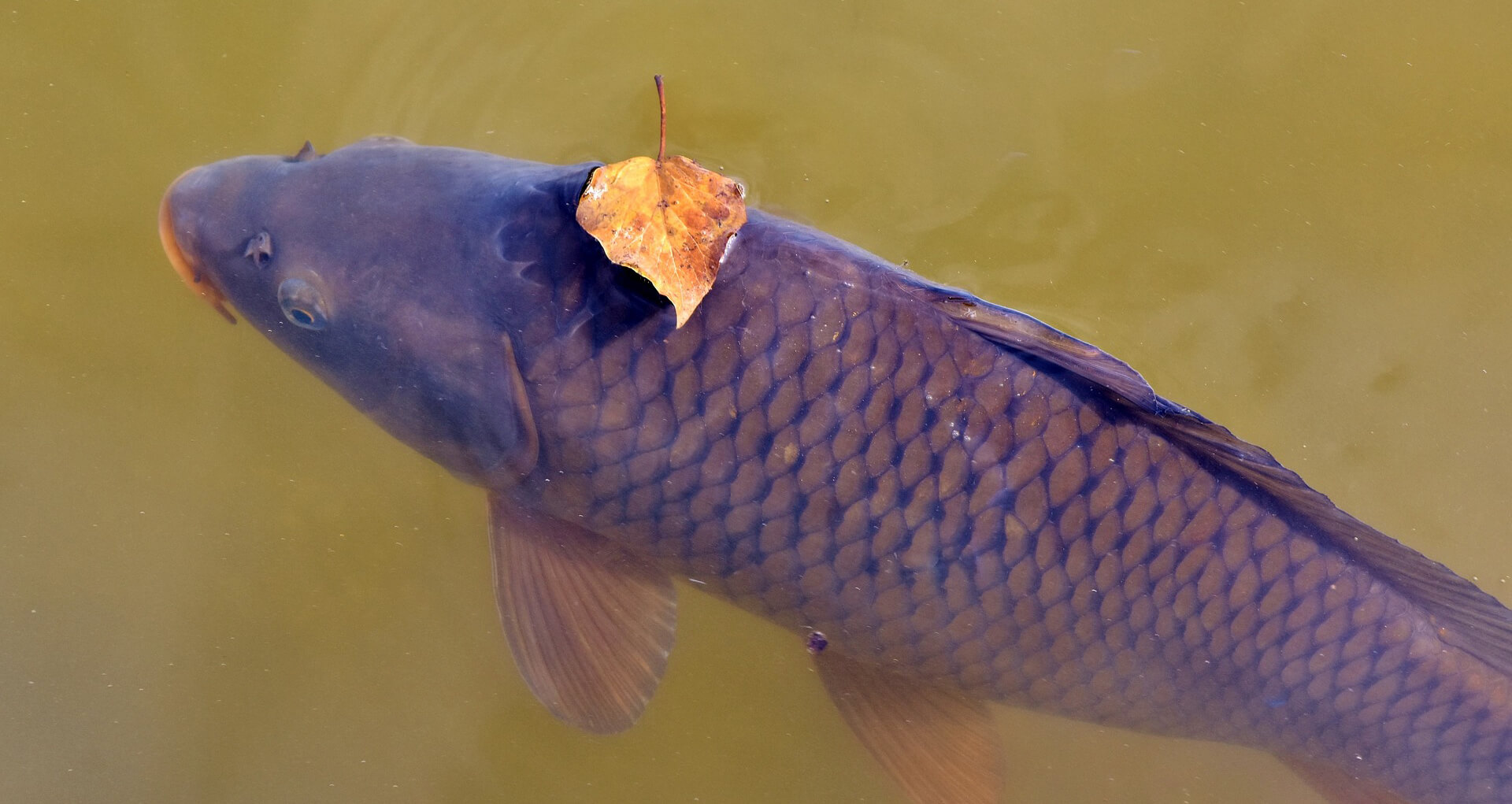
Champion vitality and unpretentiousness made this fish the main object of aquaculture: it is bred both for sale and for amateur and sport fishing in commercial reservoirs. However, sometimes “cultivated” individuals go into wild reservoirs and become a threat to other fish species, multiplying intensively and depleting the food supply.
It happened in Australia: there carp has become an undesirable invasive species, which now accounts for about 4/5 of the entire fish population of Murray and its tributaries. Methods for dealing with intensively growing livestock are still under discussion.
Fry development
Carp is very fertile: 200-300 thousand eggs is the average for a female at the peak of reproductive age. The beginning of spawning in mid-latitudes falls on mid-late spring, but can even cover the beginning of summer. The way of life of the carp during this period changes dramatically: it practically refuses food, goes to coastal thickets and gives all its strength to reproduction.
The larvae emerge from the eggs already 3-5 days after fertilization. Under unfavorable conditions, this period can stretch for a week or more, but a too long pause, for example, due to a sharp drop in temperature, can destroy the masonry.
The first food of the larvae is the remains of the yolk: they feed exclusively on them until they become mobile. After detaching from vegetation, they begin to consume the nutrient suspension dissolved in water, gradually moving to larger and larger plankton.
By the end of summer, the fry are already consuming adult food, including larvae and worms. With a cold snap, they retreat to the wintering pits. Usually they adhere to age groups, but there are cases when thousands of not only uneven-aged, but also species of species winter in one pit. On shallow water bodies (mainly artificially stocked) carps burrow into silt, like crucian carp.
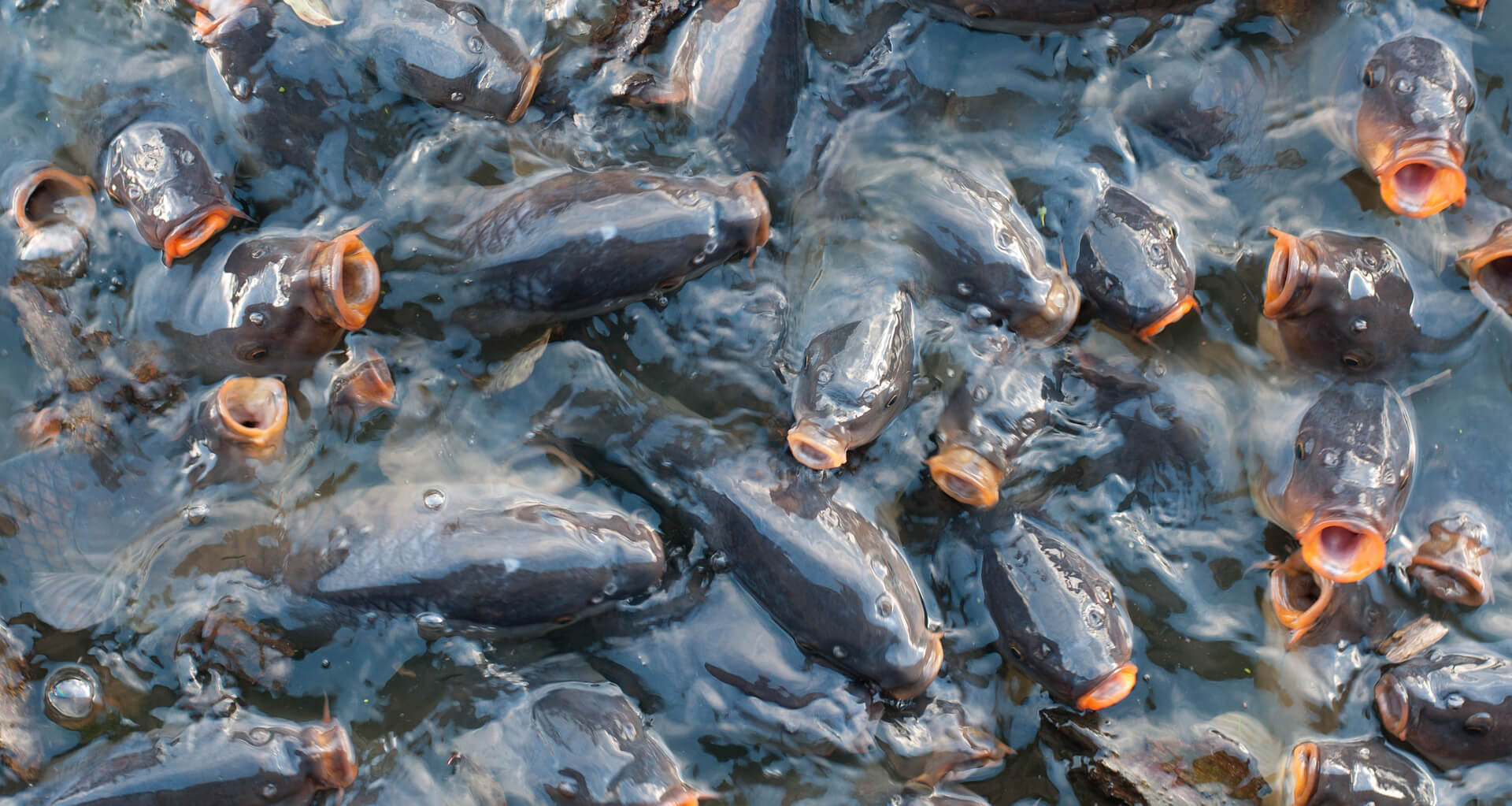
Sexual maturity
If young carp in the first years of life walks in flocks, then as they grow up, the desire for individualism is more and more manifested. Sexually mature individuals get food in splendid isolation. They feed on warm water almost around the clock, passing water with food particles contained in it through the gills. However, he does not hesitate to purposefully “hunt”, devouring huge quantities of aquatic vegetation and animal food: insects, crustaceans, molluscs and so on.
Carp reach sexual maturity at 3-5 years, and females mature somewhat later than males. Every year this fish gains weight, but the period of the most intensive weight gain occurs in the first 7-8 years. Particularly noticeable growth of individual individuals is observed with an abundant food supply and the presence of natural enemies (perch, pike perch, pike, catfish), several thinning out the livestock.
The average life span of a carp in natural conditions is 30-35 years . However, there is evidence that even in the wild, this fish is able to live up to 50-60 years, reaching a height of over a meter and a weight of 20-30 kg.
Carp as aquaculture
The aforementioned outstanding abilities of carp (omnivorousness, adaptability, fertility), as well as the good taste characteristics of this fish, make it a fertile object for fish farming.
In commercial reservoirs , where carp are bred as an object of amateur and sport fishing, their numbers are regulated mainly in a natural way (caught by fishermen, devoured by predators). Therefore, the carp there has a great opportunity to live to a venerable age, as in natural conditions, giving birth to an equally cunning and careful offspring.
If the fish is farmed for sale , its lifespan is regulated by the owner of the fish farm. As a rule, carp are intensively fattened until they reach marketable conditions (1-2 kg) and sent to stores. So the age of most individuals is short: they do not even live to maturity, going to our tables at the age of 2-3 years. The broodstock is kept longer, but after a few years it is also replaced by younger and more fertile individuals.
Long-lived carps
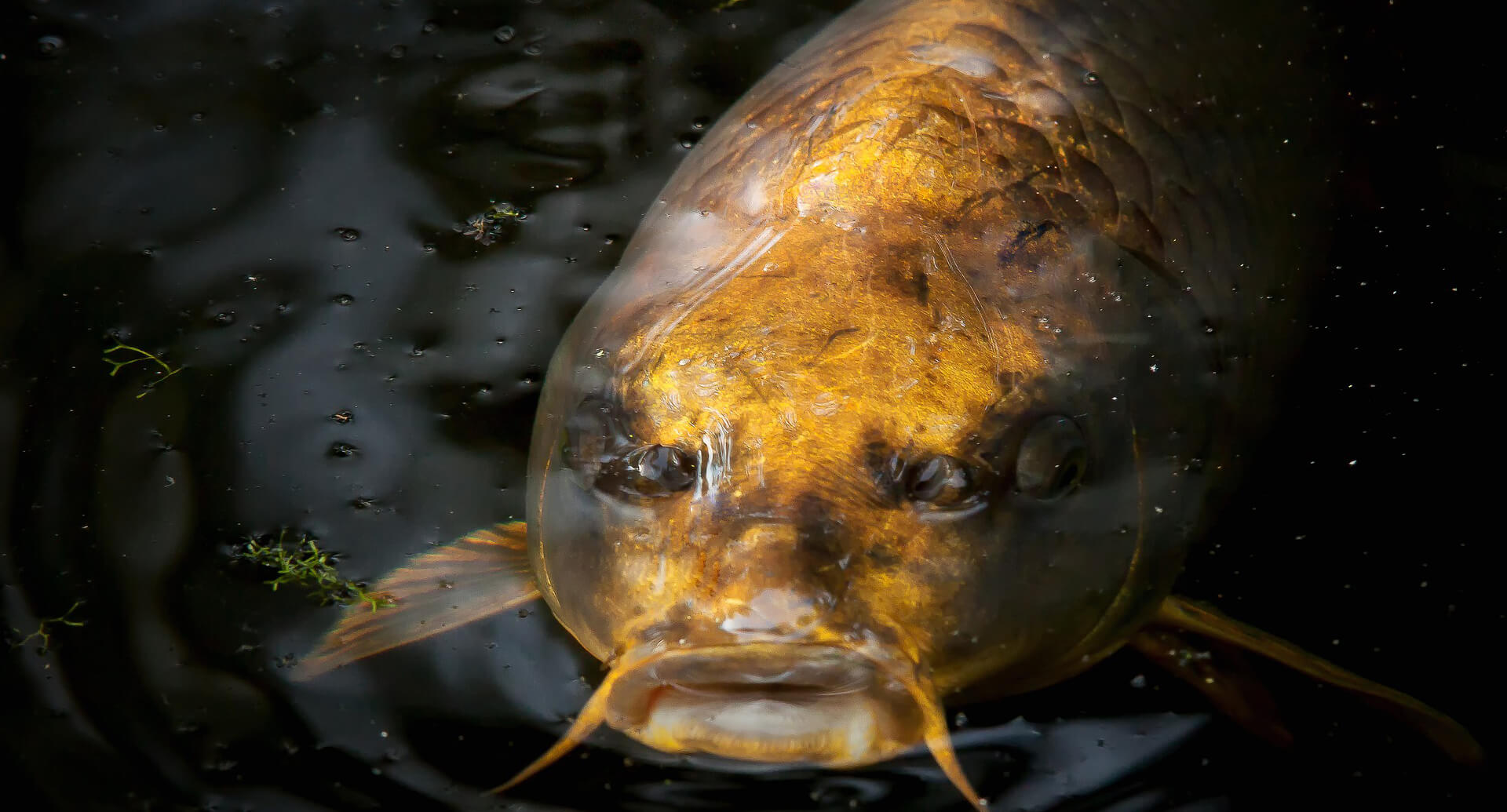
Among the carp, there are true record holders for the number of years. As a rule, these are decorative forms, cultivated with love in Japan. They are called koi.
Park koi carps are direct descendants of the Amur carp. They are extremely bright and varied in color, which is the fruit of centuries of efforts by Japanese breeders. There are only about a dozen standardized varieties, and how many are not recognized by conservative Japanese breeders!
The lifespan of a koi under favorable conditions can exceed one hundred to one and a half years . For example, the famous brocade carp Hanako was 226 years old at the time of death. This fish outlived nine Japanese emperors, born in the 18th century and left this world at the end of the 20th for natural reasons.
At the moment, Hanako is considered the oldest freshwater fish, whose age is accurately determined and documented by ichthyologists. In addition to this ” elder”, there are several other koi who have lived in the world for over a century and a half.
Age determination
Koi carps are bred for decorative purposes, eat right and are not in danger of attack from predators, which is why they reach such a respectable age. But both the direct object of our research and the wild carp can live long enough. So you may well become the discoverer of the world’s longest-lived carp. With a certain amount of luck, experience and the appropriate gear, of course.
So, you have caught a solid specimen and are keenly interested in its age, what should you do? The procedure is simple and even primitive:
- We separate the intact scales from the carp body (it is better to take it in the area of the central line, larger).
- We clean and rinse the flake (if necessary, you can treat it with alcohol or an alcohol-containing liquid).
- We put the object of study under a magnifying glass in good lighting (if you have a microscope and at least minimal skills in handling it, it is generally ideal).
- We count the number of grooves on the scale (they are called sclerites and are formed annually, like annual rings in trees).
- We are happy and tell our friends interesting facts about the life of carp, which you learned from this article.
By the way, if the result of the calculations turns out to be impressive, you can send the scales to ichthyologists for scientific research – you can even determine the age of the fish by the old dried scales.

